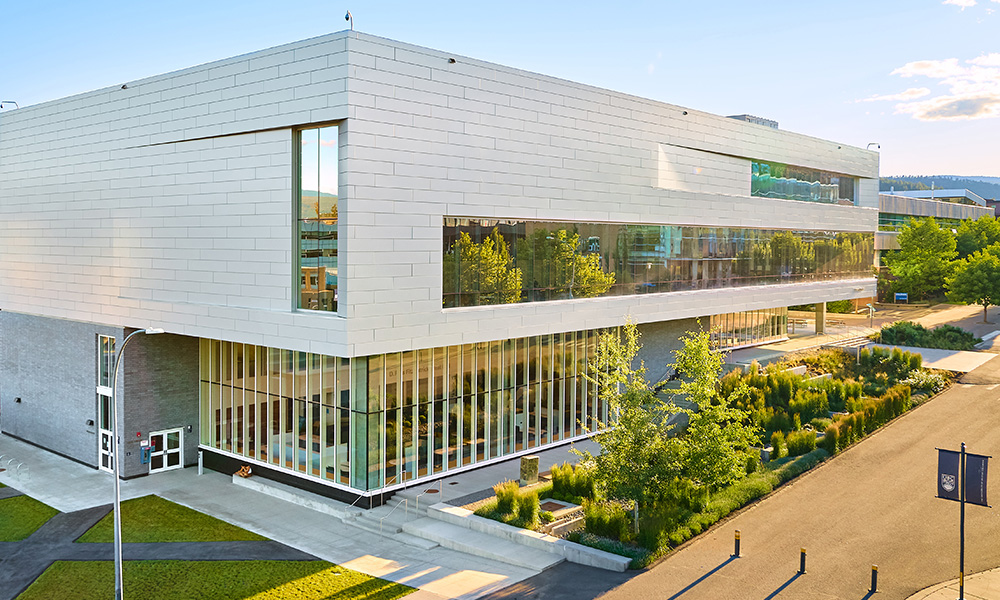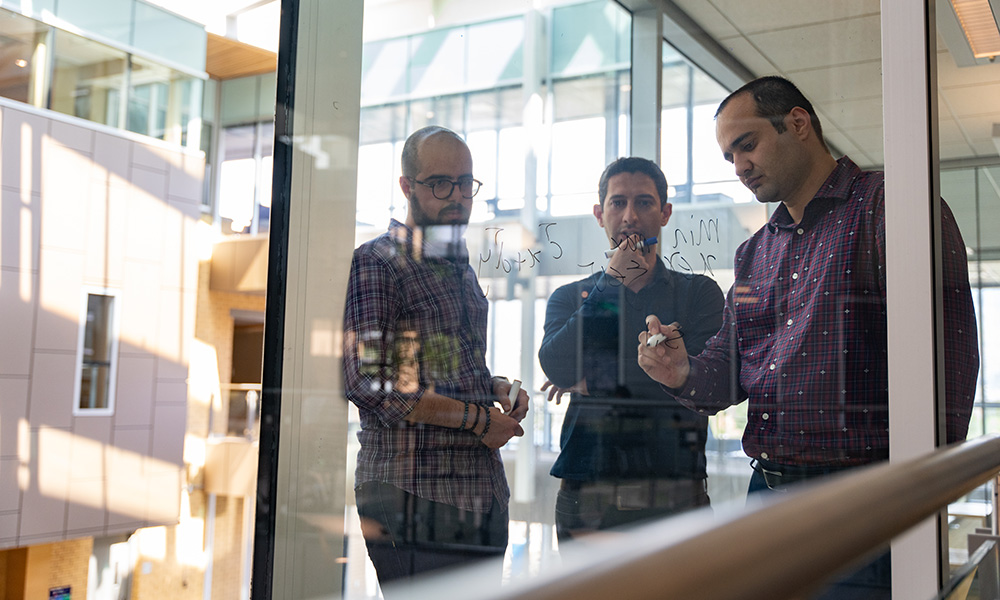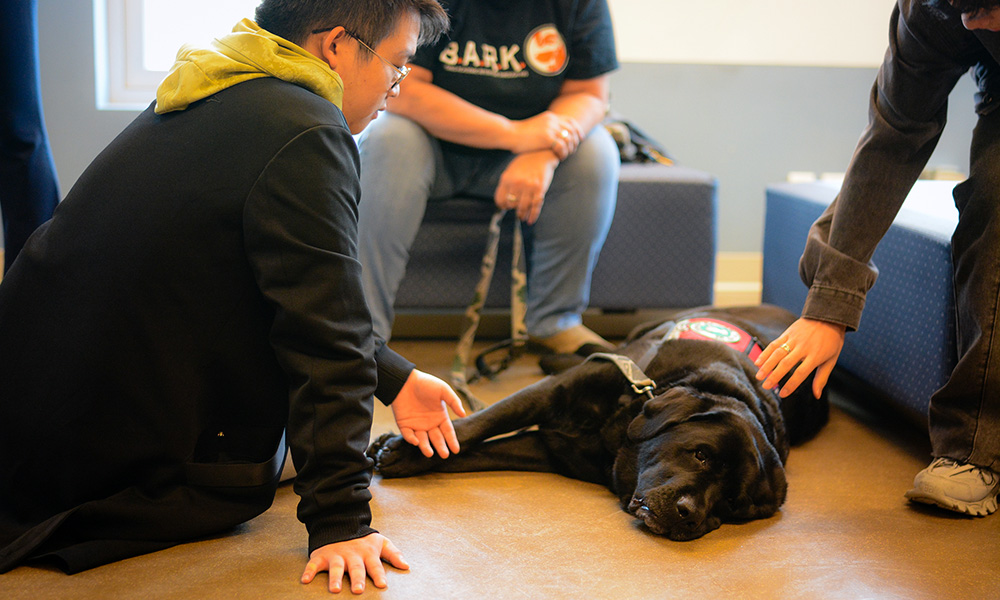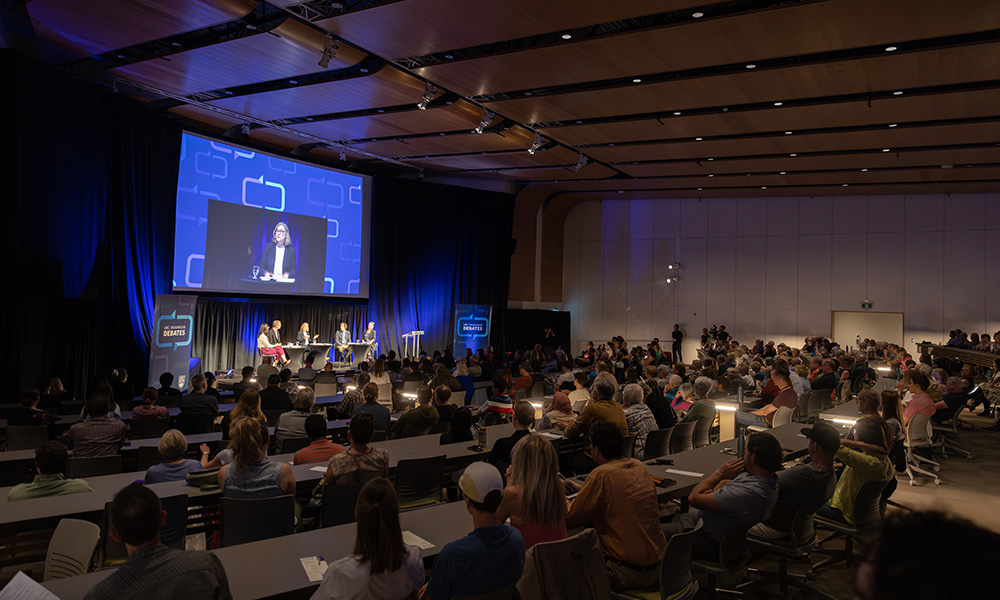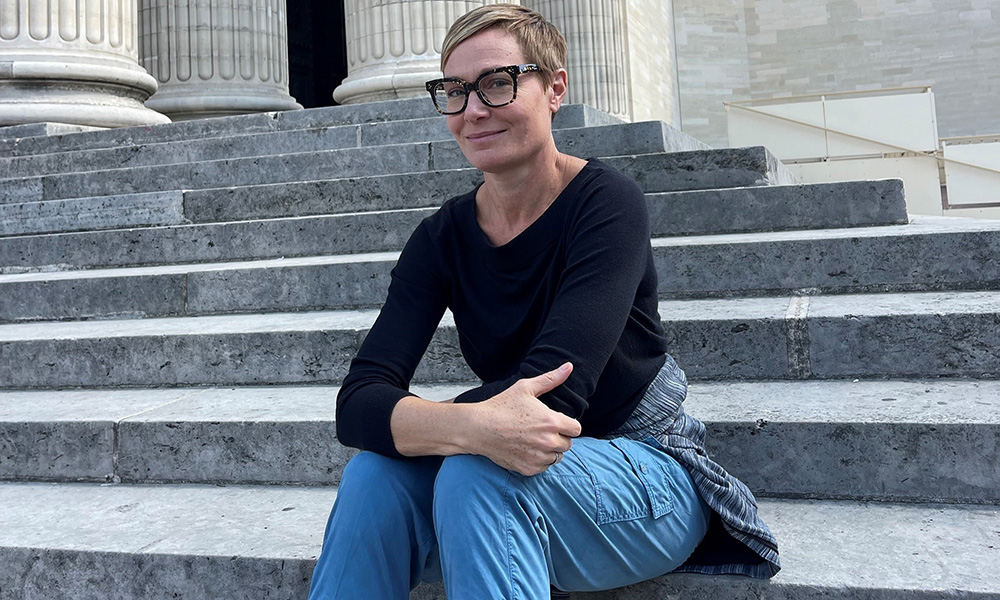
Local writer Shelley Wood is UBCO’s latest Writer in Residence and this year’s judge of the annual short story contest.
Kelowna-based author Shelley Wood is spending two weeks this spring at UBC Okanagan as the campus’s next Writer in Residence.
Part of her role will be to read and provide feedback on manuscripts from local writers, host a public lecture and judge the many entries for the Okanagan Short Story Contest.
The goal of UBCO’s Writer in Residence program is to promote Canadian authors and literature to Okanagan residents while at the same time, providing budding writers an opportunity to receive feedback on their creative work, explains Andrea Routley, Lecturer of Creative Writing and organizer of the residency program.
“Getting fresh eyes on your work can help you see what’s missing—tension, layers, characterization, pacing, or voice—or what you might need to cut for the work to draw a reader in. Sometimes that means helping you see what you need to change or fix and discussing ways to do that, but a consultation may also clarify for you what you absolutely can’t bear to part with, which can be the incentive you need to roll up your sleeves and get back to work,” Routley says.
Originally from Vancouver, Shelley Wood earned her undergraduate degree in English literature from McGill University and her master’s degree in journalism from UBC. Her short stories and creative nonfiction have been published in Grain, Room, Causeway Lit, Canadian Notes & Queries, Phoebe, the Antigonish Review, The New Quarterly, Bath Flash Fiction, Freefall and the Saturday Evening Post. Her debut novel The Quintland Sisters was an instant Canadian bestseller and her second novel The Leap Year Gene will be published next summer by Harper Collins Canada and Union Square Press in the US. She divides her time between her home in Kelowna, BC, and her work as a medical journalist and editorial director for the Cardiovascular Research Foundation in New York, NY.
Local writers of adult fiction or non-fiction are invited to submit manuscripts for Wood’s review and feedback. Wood will also meet with a select number of UBCO students and community writers between February 26 and March 8 to coach their writing.
Anyone who would like to submit their manuscript to Wood can find out more at fccs.ok.ubc.ca/about/events-workshops/authors. Manuscripts will be accepted between February 1 and 12.
Wood will also host a public reading and reception on Wednesday, March 6 in UBCO’s Creative and Critical Studies Building gallery at 6 pm. And as the judge of the Okanagan Short Story Contest, Wood will announce the winners on Wednesday, March 27 at the Alternator Centre for Contemporary Art. Both events are free and open to the public.
The post UBCO’s Writer in Residence to work with local emerging writers appeared first on UBC Okanagan News.



